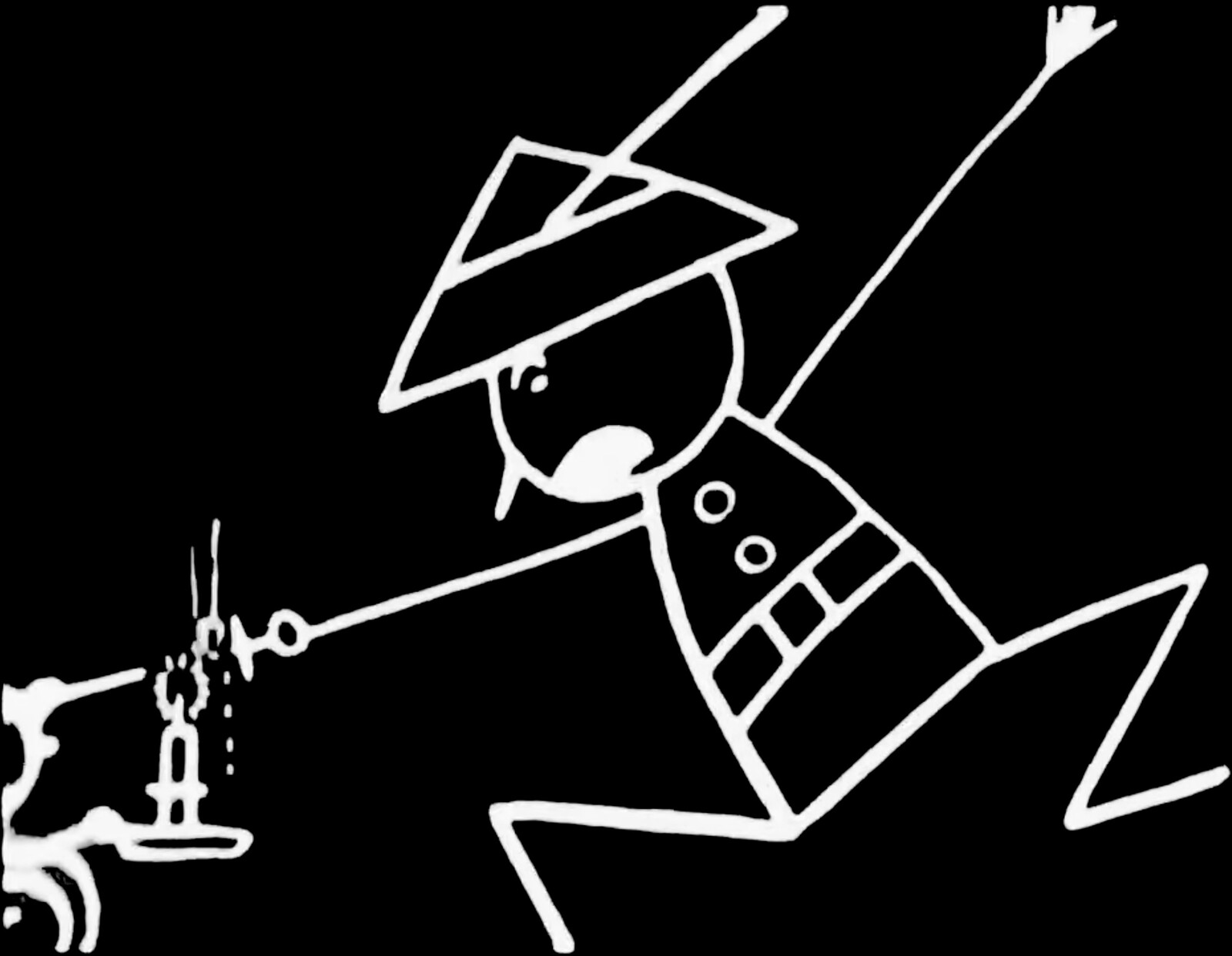At the Galleria Nazionale in Rome, an elegant hang of the collection privileges unexpected harmonies and formal affinities over conventional art histories. The walls of the opening room are gridded with landscapes, portraits, and looping film clips soundtracked by a waltz; a clever sightline pairs El Anatsui’s glitter with Gustav Klimt; an azure monochrome by Ettore Spalletti brings out the sky in Gustave Courbet’s facing Poachers in the Snow (1867); stills from Ana Mendieta’s 1974 film Burial Pyramid are presented so that the artist seems to disappear into the landscape. So it came as a surprise, given the sensitivity and scholarship with which the permanent collection is handled, to discover that the museum’s temporary exhibition space was devoted to British fantasy author J.R.R. Tolkien.
Why, I asked myself among the maps of Middle Earth, costumes from the film adaptations, and Lord of the Rings-themed pinball machines, is Italy’s museum of modern and contemporary art showcasing the writing of an Oxford philologist obsessed with proto-European mythologies under the title “Man, Professor, Author”? The answer was not, it seems, because its curatorial staff have suddenly discovered the charms of medievalist genre fiction (Italy, after all, has Umberto Eco) but because Prime Minister Giorgia Meloni is a longstanding fan of the books.
So much so that, having attended the opening, the far-right populist dismissed criticism from “the usual suspects” as indicative of “the nervousness of those who thought that culture belonged to them.”1 The clear implication was that the left had for decades used culture as an instrument to advance its principles, and that the wheel had now conclusively turned. Visitors didn’t have to look too closely at Tolkien’s millenarian vision of a battle between the forces of good and evil—divided along racial lines—to discover what might make it appealing to the leader of a party whose lineage can be traced back to the neo-fascist movements that emerged in Italy after World War II, and who embraces the Mussolini-era slogan of “God, fatherland, and family.”
If the kneejerk impulse might be to decry political interference in cultural institutions, then it is worth bearing in mind the recent and justified insistence from progressive alliances that politics cannot entirely be separated from art. However that problem is to be resolved without reducing museums and funding bodies to vehicles of state propaganda, with directors dismissed and reinstated with each change of national government, the point illustrates the political context for the predictable rejection by Italian Culture Minister Gennaro Sangiuliano of calls to intervene against Israel’s participation in the Venice Biennale.2 The issue is not only whether art must always “belong” to one side in an entrenched culture war, but how it might be possible to formulate and promulgate independent expression within increasingly partisan infrastructures. Or, to put it in another way, how to speak truth to power.
If it is dispiriting that the Venice Biennale’s pavilion system continues to divide culture into what Kaelen Wilson-Goldie calls, in a forthcoming review of the painter Hamed Abdalla, “the containers of national narrative,” then it also offers a model for experiment in challenging those categories in a correspondingly nationalistic geopolitical environment. There are as many ways of doing this as there are means of communicating a position or forming an alliance—Venice is not the only biennale on the horizon likely to be animated by protests—and it remains to be seen how and whether participants in these events advance alternatives to ideologies premised upon difference and division. The hang at the Galleria Nazionale, with its attention to correspondences in form and subject matter rather than geographical or temporal proximity, offers one understated example of what that might look like. Perhaps the most pressing question is whether such nuanced commitments to cross-cultural networks of affiliation and exchange will—have, should—become secondary to less ambiguous and more oppositional expressions of entwined cultural and political allegiance.
See “Meloni su Instagram cita Tolkien e attacca: ‘Finito tempo in cui la cultura era di una sola parte’” la Repubblica (November 20, 2023): www.repubblica.it/politica/2023/11/20/news/meloni_tolkien_post_instagram-420827334.
This is also the month in which Pietrangelo Buttafuoco, former head of the youth wing of the neo-fascist Italian Social Movement party, formally assumes his role as president of the Venice Biennale. This year’s edition of which is, tantalizingly, titled “Foreigners Everywhere” after the work by Claire Fontaine.

